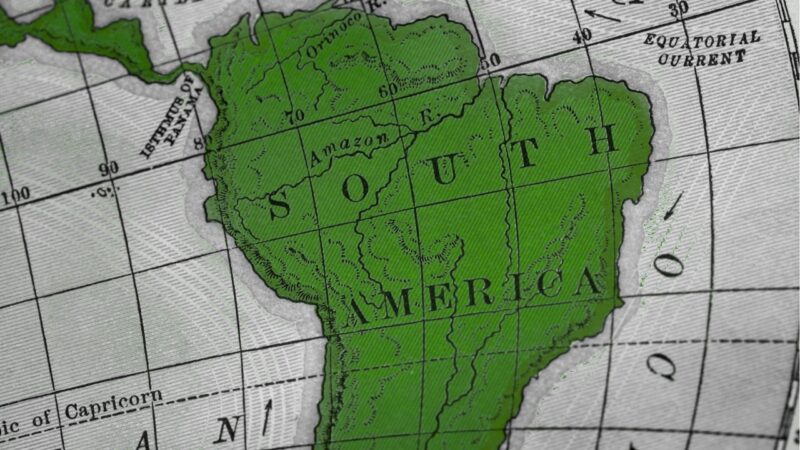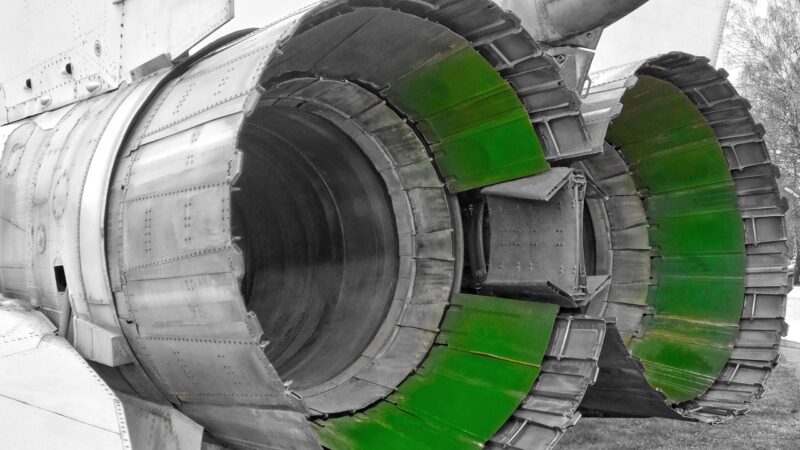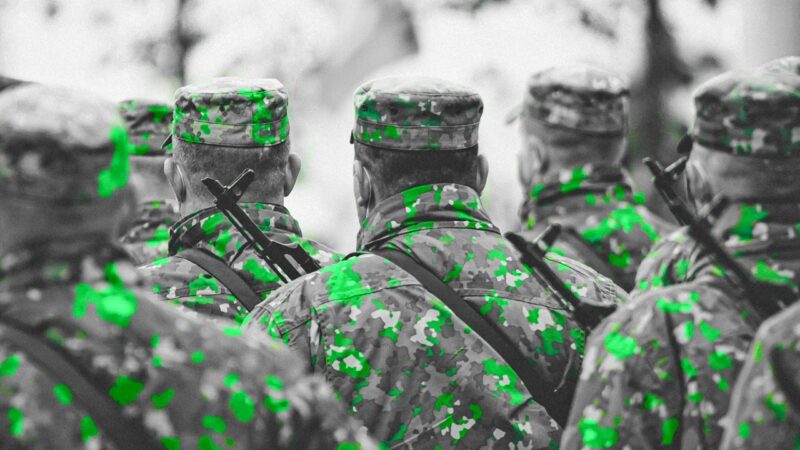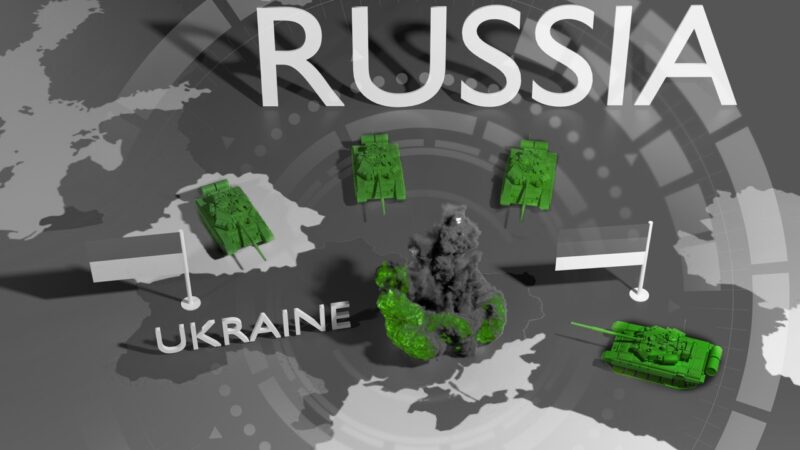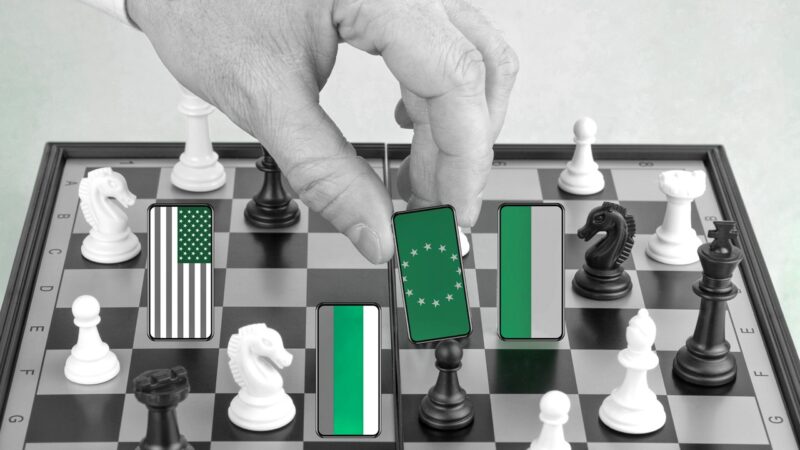Rise and Fall of the Party of Regions Political Machine
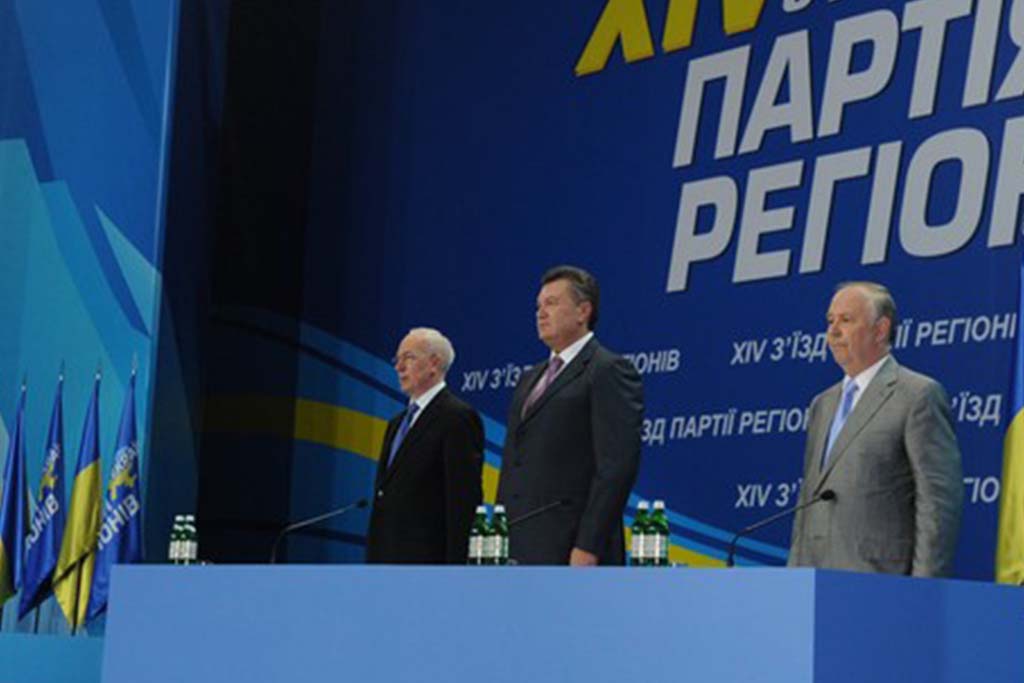
There is very limited Western scholarship on the Donbas region, despite its being the center of Europe’s worst conflict since World War II. The Donbas region did not wish to join Soviet Ukraine in 1918, was not a source for Soviet Ukrainian leaders, and has high levels of Soviet nostalgia, low support for Ukrainian independence, and relatively high levels of support for separatism. The Donbas-based Party of Regions political machine won a plurality in three Ukrainian elections (2006, 2007, and 2012); its leader, Viktor Yanukovych, was the country’s prime minister in 2002–4 and 2006–7 and president in 2010–14. Yanukovych provoked two revolutions: one that prevented him from becoming president (2004) and another that ousted him from power (2014). The November 2013–February 2014 Euromaidan crisis, which led to the flight of Yanukovych, Russian annexation of the Crimea, and the Donbas separatist conflict, also led to the disintegration of the Party of Regions in Kyiv and in its two regional strongholds. This article analyzes the factors behind the rise and fall of the Party of Regions and its Donbas-based political machine, and its implications for Ukrainian domestic politics and foreign policy.
